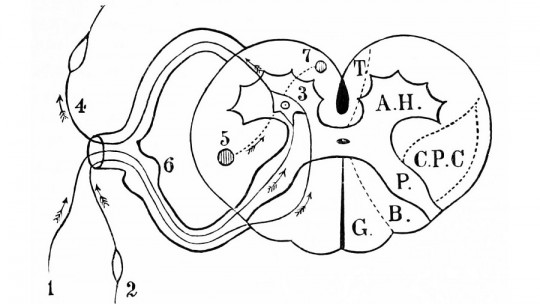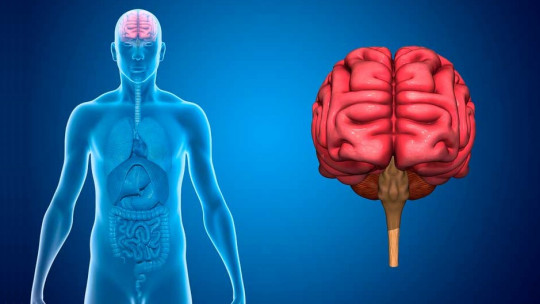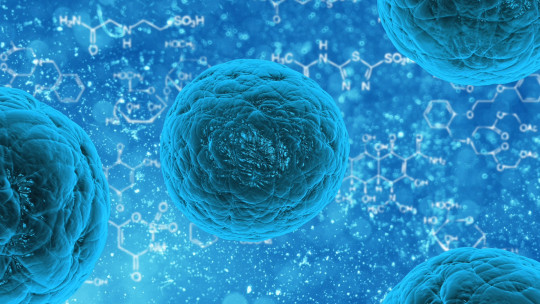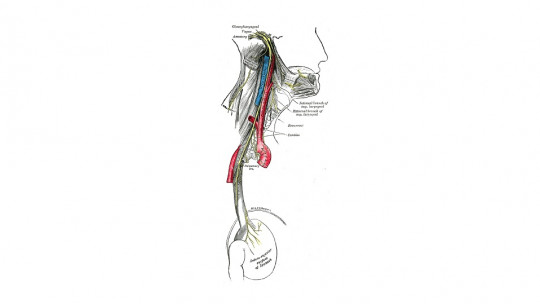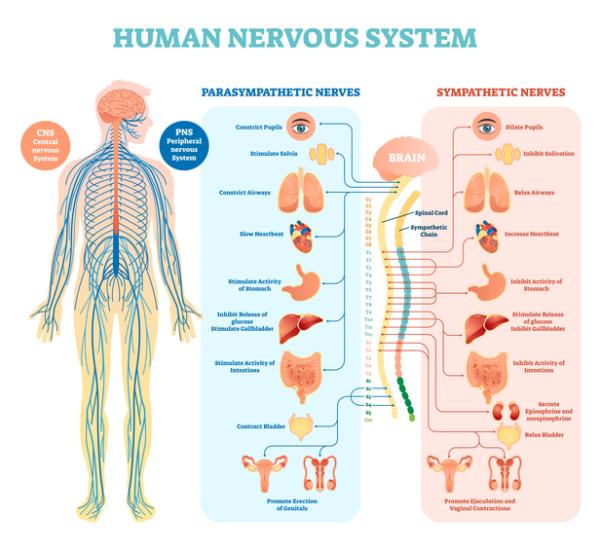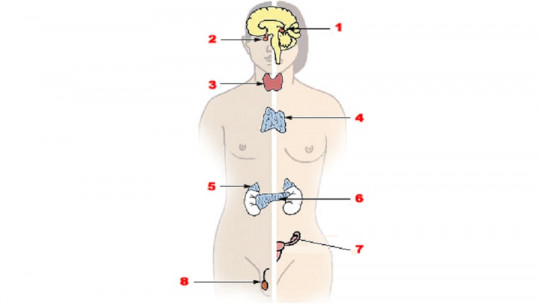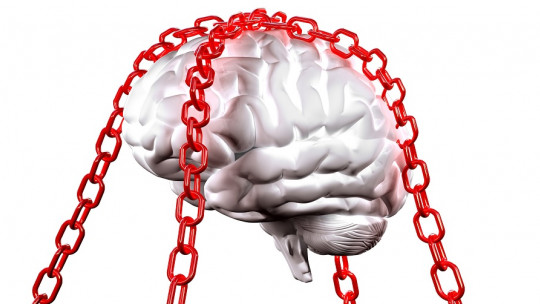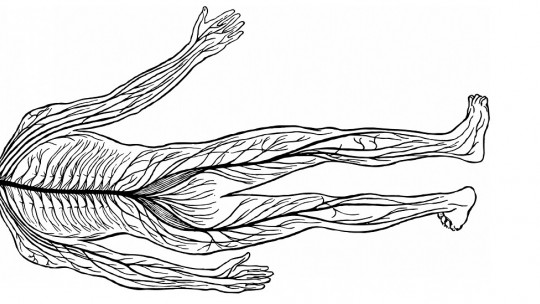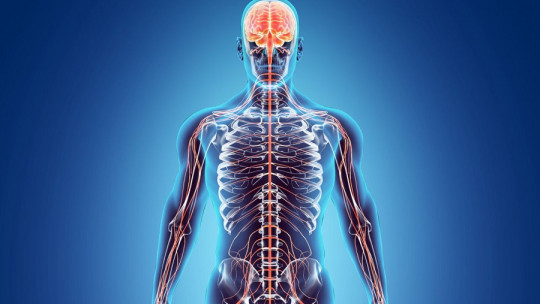
The human body is a complex organism, which is made up of an enormous number of mechanisms that are responsible for ensuring that it functions properly at all times. Among these mechanisms are some that have to do with our way of reacting to the environment.
Therefore, we react in very similar ways to certain situations; For example, when faced with a threatening situation, the most common response is flight. Effector systems are responsible for some of our body’s involuntary responses
In this article we will see what the characteristics of the effector systems are, what types exist and the areas of the human body in which they are involved.
What are effector systems?
The effector systems are networks of nerve cells distributed throughout the body, which are configured to secrete certain types of substances in the organism according to the stimuli it receives, regardless of whether they are from the external environment (environment) or the internal environment.
These systems are configured in a pyramidal or hierarchical manner which means that for the final effect to be realized, a series of chain reactions must take place within the body, which begin with the segregation of substances.
For example, in the case of the motor system, it is made up of neuronal circuits and muscles that respond to signals (electrical phenomena) coming from the central nervous system.
Types of effector systems
in the human body There is a wide variety of effector organs which are responsible for shaping a variety of responses in the body, all depending on the type of effector organ that acts by secreting its specific substance.
Basically, effector systems can be classified into two types, glands (those that secrete the substance) and muscles (those that execute the action). An enormous amount of possibilities arises from this.
Taking into account that we have a tremendous number of effector glands and approximately 639 muscles in the human body, the effects and responses that our body is configured to give at certain times are immeasurable.
Endocrine and exocrine cells
There are two types of primordial cells within the effector systems, which are endocrine glands and exocrine glands The former are responsible for releasing hormones into the blood pathways to have an effect on the target organs, and the latter are responsible for releasing the substances in specific ducts that direct them to adjacent organs or to the environment, outside the body.
Almost all of these glands are under the control of the central nervous system, specifically the autonomic nervous system
Types of muscles involved
As for the muscles, they also have a division that determines their functions.
First of all we have striated and smooth muscles The first, also known as skeletal muscles, are responsible for the motor skills of the skeleton, since they are attached to the bone structure by means of tendons. These muscles are controlled by the somatic central nervous system, which means that their actions are controlled by the will of the individual.
The second type of muscles is in charge of everything related to the movement of internal organs. This second category of muscles are controlled by the autonomic central nervous system and unlike striated muscles cannot be controlled at will
The movements associated with the reaction
As we have seen, in summary we can say that effector systems are holistic processes of the central nervous system, which depends on substance-secreting glands and striated and smooth muscles to execute movements.
On the other hand, the human body is in constant movement, whether voluntary or involuntary movements. All of these processes depend on the functions of the effector systems, and there are various areas of motor skills that must be seen separately.
1. Reflex movements
They are all the movements that we make directly upon first contact with an environmental stimulus these movements cannot be eliminated voluntarily.
In this type of movements, the neuron synapses directly with the motor neuron without going through the more complex pyramidal processes.
2. Voluntary movements
They are the movements we make with a consciously established purpose They occur throughout the complex pyramidal process of effector systems. They require prior planning.
On the other hand, this type of movement mostly It is perfected with the practice of the subject, through the processes of mechanical learning For example, driving a car, swimming or riding a bicycle are activities that require a large amount of coordinated voluntary movements.
3. Pyramid movements
They are not involuntary movements, but they are not voluntary either This type of movement is what we do when we are carrying out a voluntary activity and in the background our body requires other movements for greater comfort and support for what is being done with more attention.
For example, when we walk, our arms move in an extra pyramidal manner, or when a batter swings the bat and his feet turn, all of these are movements that our system makes to help execute the action we are performing.

